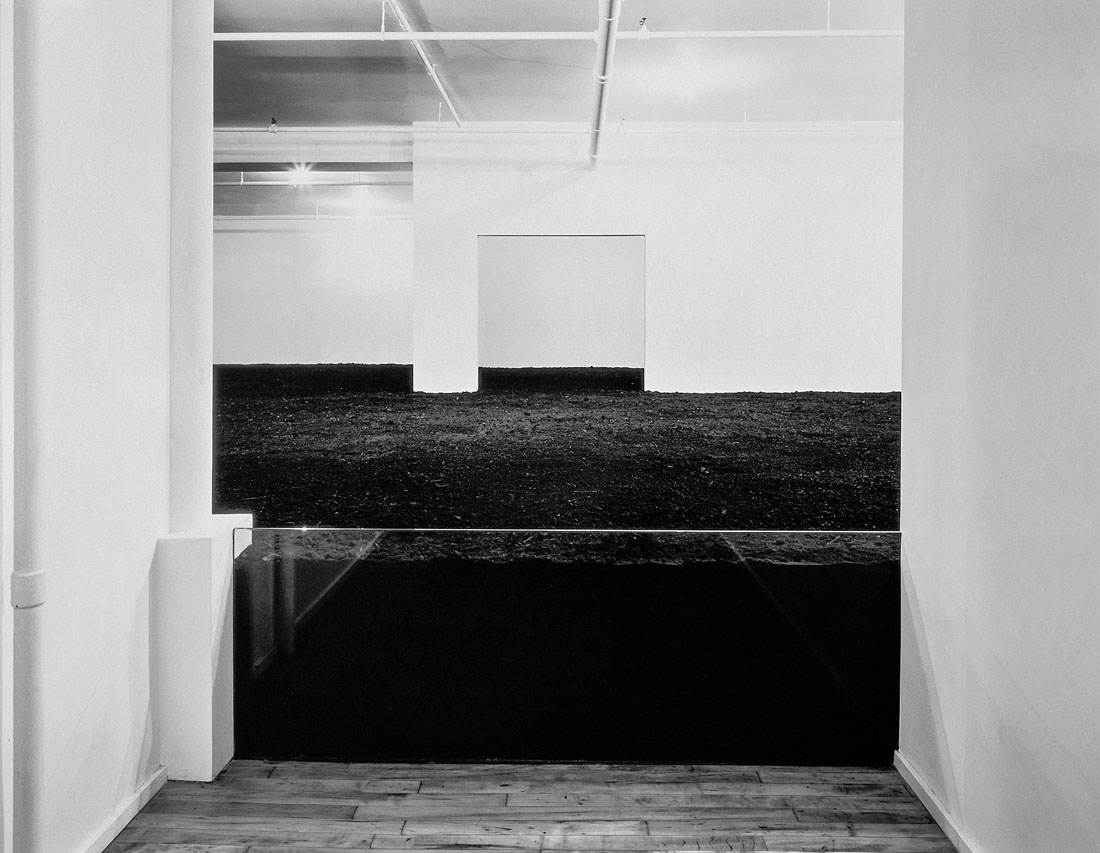It is an unlikely cure for a hangover. I’ve been looking for a show at a gallery for which I have forgotten the address – tramping the streets of New York’s SoHo, hoping for inspiration – when I come across a buzzer in an unassuming doorway that reads, ‘Dia Art Foundation: The New York Earth Room, 1977, Walter de Maria’ in a discreet font.
Intrigued, I enter and climb up a few narrow flights of stairs, with a growing feeling that I’m about to fetch up in a tailor’s backroom. When I open the door, however, it’s clear this is something else. There is the cool, damp, fresh smell of exposed soil. Even before I turn the corner, I can feel the Earth Room doing me good.
In this city of few natural spaces, the weirdness of the scene that does await you when you approach the work is hard to overstate. In a way, it’s a great piece of minimalism: earth, thigh deep and a healthy-looking dark brown, evenly fills the large space into which you peer through a doorway. It is a rich swathe against the stark white of the walls; the effect is simple and clean without being corporate. It could have been created with a secular audience in mind, those who seek a quiet place for reflection without gods, a curiously comforting reminder of what we will in the end become. Whether the artist would have had anything like this in mind is unknown – he never comments on his art.
The de facto spokesman for the Earth Room seems to be its caretaker, Bill Dilworth, who for two decades has dutifully raked and watered the artwork, in this same space. He has reported that back in the 1980s, the uniformity of the soil would have been routinely undermined by the appearance of mushrooms: shaggy parasols springing up sneakily overnight. I love this idea of the sabotage of the art object by the fungal world. Nowadays, the soil is too closeted from the fecundity of the outside, too worked over, to produce much in the way of wildlife, a reminder of what happens to the planet when we drive it too hard.
The Earth Room, then, can be an escape from the frantic pace of city life, it can be a reminder to us to look after our resources, it can be an austere piece of minimalism, it can be a secular church. Most importantly for me, it works better than two paracetamol. C
The New York Earth Room, 141 Wooster Street, New York USA
(212) 989 5566; diacenter.org
Rebecca Fortey is an editor at Tate Publishing in London



